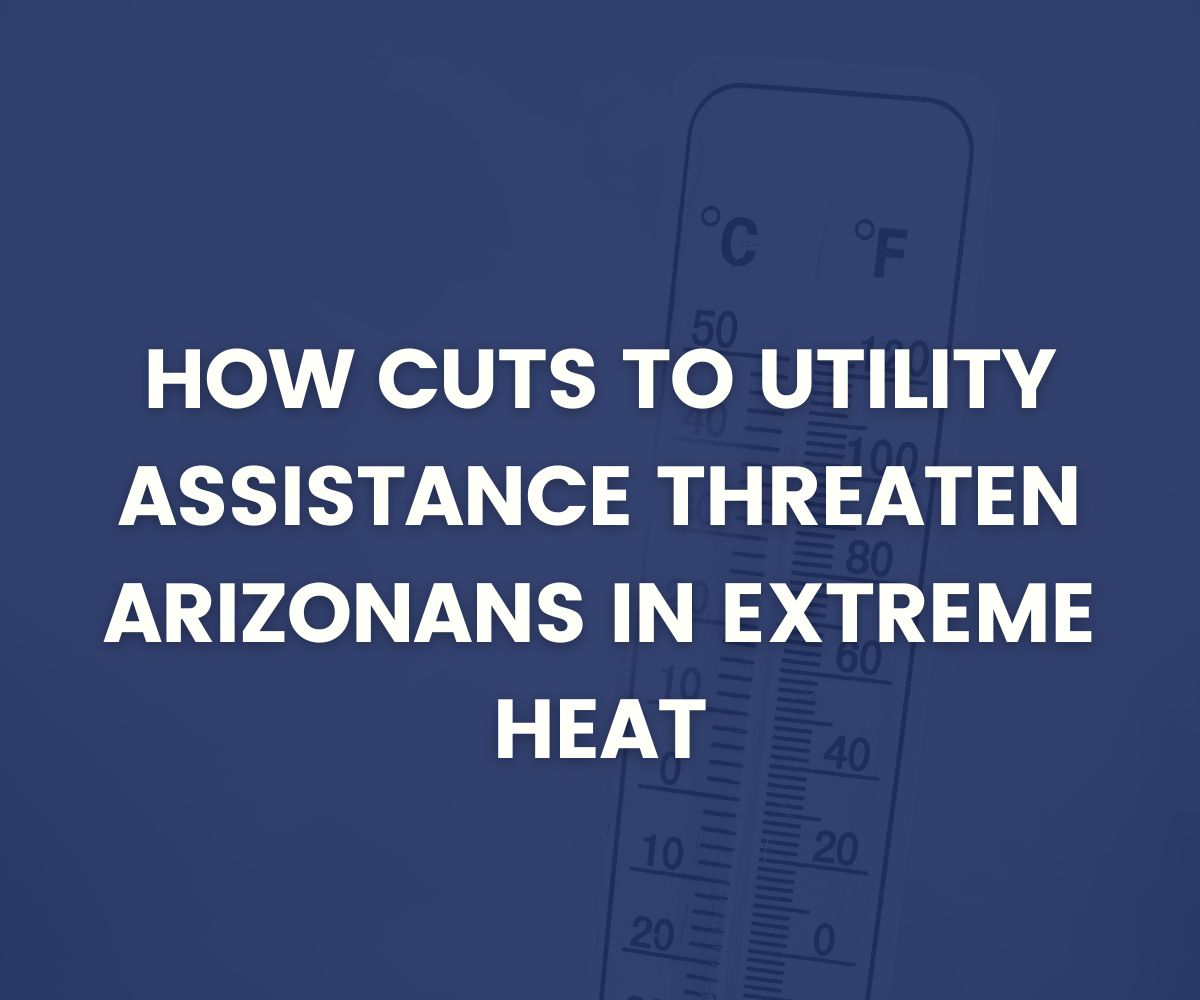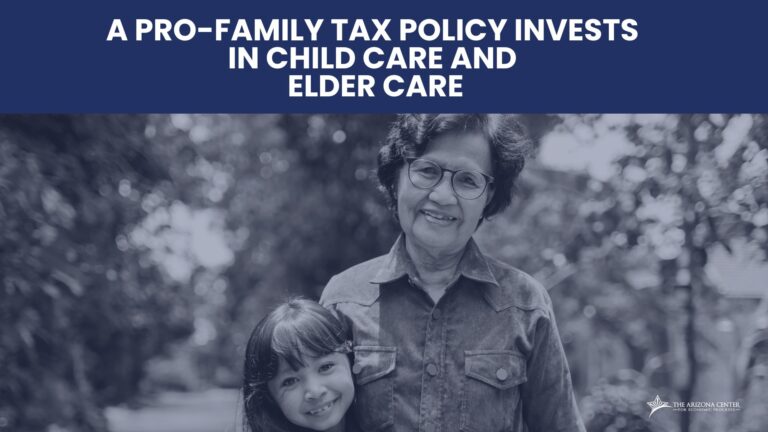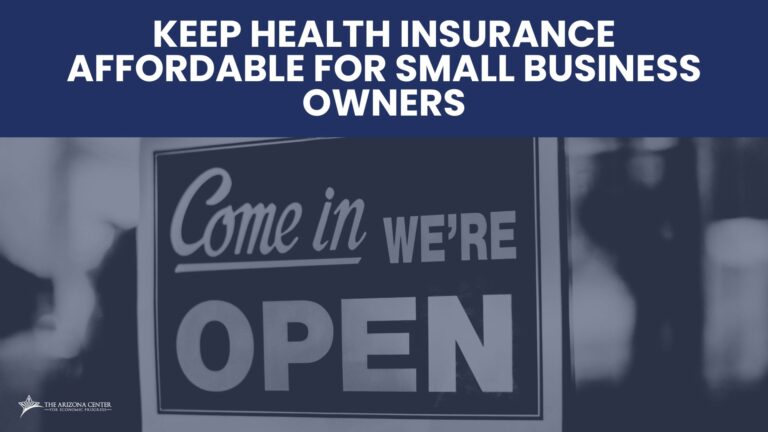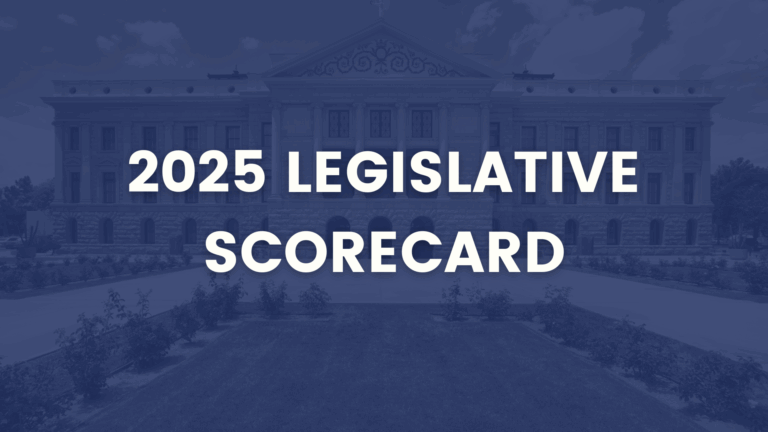
How Cuts to Utility Assistance Threaten Arizonans in Extreme Heat
In April of this year, the Trump administration fired all staff managing the federal Low-Income Housing Energy Assistance Program (LIHEAP). As Arizona has temperatures of over 100 degrees, the President’s FY 2026 budget proposes more than $4 billion in cuts to LIHEAP, claiming it “unnecessary because States have policies preventing utility disconnection for low-income households." In 2021, rule changes by the Arizona Corporation Commission have since allowed electric utilities to choose between two disconnection options during periods of extreme weather: if forecasted temperatures are above 95°F or below 32°F, or a moratorium period from June 1 through October 15.
With average annual temperatures impacted by factors such as climate change and asphalt-lain urban heat islands, this moratorium period is not nearly enough. Despite last year’s record 113 consecutive days of 100+ degree heat beginning in May, the largest energy provider in the state, APS, continues to use the June 1st moratorium. Examining year-over-year changes in average temperatures, utility costs, and LIHEAP benefits, it’s clear that federal cuts will disproportionately harm Arizona’s most vulnerable communities. In the absence of this assistance, state, local, and federal leaders in Arizona must ensure adequate funding for safety from extreme heat and adopt policies that protect consumers from severe temperatures.
Regional LIHEAP Differences
It’s worth first addressing state and regional differences in LIHEAP assistance, given justifications for cuts in the President’s budget. According to the budget, the existing policy preventing utility disconnections for low-income households “effectively makes LIHEAP a pass-through benefitting utilities in the Northeast.” Furthermore, the budget states that “LIHEAP rewards States like New York and California, two of the top recipients for LIHEAP funding."
As for the first claim, the Northeast United States received the second most LIHEAP funding per year while having the least federally income-eligible households. Given this, states in the Northeast were able to serve the most households and the greatest share of eligible households. The South, meanwhile, with the greatest number of eligible households, was able to serve a much lesser share despite dedicating greater funds towards assistance. Finally, the Western United States received the least amount of funding overall despite similar household eligibility.
Whether this makes LIHEAP a “pass-through” for Northeast utilities is unclear. Like the rest of the country, LIHEAP benefits in Arizona are paid directly to utility companies rather than residents. Instead, greater funding for the Midwest, Northeast, and South may be driven by regional climate differences. Bearable year-round Pacific temperatures may create less demand for energy assistance aside from extreme weather emergencies, compared to seasonal below-freezing temperatures across the rest of the country.
Exploring this further, the Pacific-coast state California receives nearly 5% of the country’s total LIHEAP funding while having over 10% of its income-eligible households. This is true for Arizona as well, whose share of LIHEAP funds are more than half that compared to the state’s share of income-eligible households. New York meanwhile represents nearly one-fifth of the country’s households served by LIHEAP despite having less than 7% of eligible households, receiving about 10% of total program funding.
Like climates, these states have vastly different kinds of development and utility services. Denser multifamily development of New York allows for shared-use utility services such as heating, with specific laws outlined for tenants on shared meter services. With more households served by heating less buildings, the emphasis on funding and service for the Northeast makes sense. Comparatively, the decentralized nature of single-family development in California and Arizona creates not only greater infrastructure strain for utilities, but less productive means for home-by-home assistance.
Rising Climate and Costs
The President’s budget also cites “climate ideology” as justification for harmful cuts. Those who have lived in Arizona for an extended time know that this is not an ideology, but a reality felt more intensely each year. From 1991 to 2024, mean annual maximum temperatures increased from 113°F to 118°F, reflecting greater days with more extreme heat. Likewise, annual average temperatures steadily increased from 75.1°F to 78.6°F over the same period, again reflecting hotter days but also lingering urban heat trapped in street surfaces and parking lots. Anyone who’s been in Arizona for just one summer knows the real danger in having no electricity, particularly as more extreme summer heat becomes increasingly prolonged.
Furthermore, the costs of housing and household energy have risen considerably compared to other consumer items in the Phoenix metro. With the two intrinsically tied to the cost of living, more than half of Arizona renters are currently cost-burdened by housing alone. While housing cost increases are driven by Arizona’s lack of affordable units despite immense population growth, household energy increases have been primarily driven by upticks in demand. Yearly demand-driven increases are seen during summer months with more air conditioner use, however peak and non-peak prices have continued to climb tremendously since 2018.
Arizona’s Corporation Commission and utility providers have repeatedly denied residential energy impacts caused by the state’s booming data center industry, yet legislators and officials still share concerns. With strong tax incentives and developable desert land, tech giants including Microsoft and Google have been lured to Arizona with massive profits for cloud computing, artificial intelligence, and cryptocurrency, all at the expense of local energy and water resources. While infrastructure upgrades are to be paid by prospective data farmers, lack of transparency and grid-capacity strains bring valid concerns that costs are eventually passed onto residential consumers.
Altogether, increasing temperatures, energy costs, and electricity demand create a dangerous situation for Arizona’s grid infrastructure and, with cuts for residential utilities assistance, a potentially deadly outcome for the state’s most vulnerable households.
Arizona LIHEAP Assistance
With looming federal cuts to LIHEAP, Arizona’s poorest households and those with vulnerable members are most at risk in the coming summer months.
Among households income-eligible for LIHEAP assistance, the largest share has belonged to those below the federal poverty line (FPL). As total eligible households decreased, however, those with incomes >150% FPL made up an increasing share, reflective of a growing need for assistance across household incomes. Most income-eligible households receiving LIHEAP assistance also have a member vulnerable to extreme weather conditions: children, the elderly, and those with a disability. Reflective of potentially deadly outcomes in the event of a utility disconnection, cuts to LIHEAP puts these households most at risk.
Historically, though, most demand has not been met. The greatest year for assistance, 2019, served under 30,000 households of the 637,000 income-eligible that year, just 4.6%. Shown below, the share of those receiving cooling assistance is even less when paired with those in need of heating assistance.
Among the few households receiving assistance over the years, each has received increasing benefits on average. Reflective of rising energy costs, benefits necessary to ensure adequate cooling and heating for low-income households have increased from just around $400 to over $1,000 per year. With greater costs per household, total available funds were potentially limited for most eligible participants.
With federal LIHEAP funding and services expected to expire indefinitely, households facing increased housing and utility costs will be forced to bear the extreme temperatures. Without a utility assistance program to provide this much-needed assistance, Arizona’s most vulnerable households face deadly conditions during the hot summer months.



